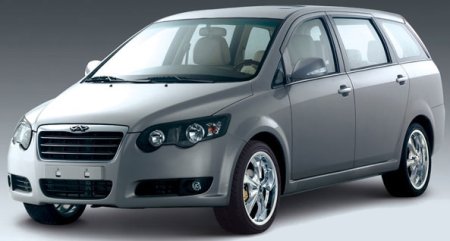
The Chery Eastar has undoubtedly been one of the more successful Chinese car models here in Malaysia. It might be something to do with the fact that it’s priced way below the RM100k mark, has decent interior space inside and featured a familiar though dated 2.4 litre Mitsubishi 4G64 engine. It’s one of the bigger MPVs out there with a 2,800mm wheelbase which is just 3cm shorter than a Grandis.
The 4G64 is now being phased out in favor of Chery’s ACTECO engine which has been powering its other models. Displacement is down to 2.0 litres from 2.4 litres which means cheaper road tax, power is up from 127 horses to 134 horses at 5,750rpm, and torque is about 18Nm lower – now the car has 180Nm to use at 4,400rpm. The Mitsu engine provided 198Nm at a lower 3,000rpm point. The transmission continues to be a 4 speed auto.
Of course, with the familiar Mitsu engine gone some potential customers may start to rethink the purchase of an Eastar so this new ACTECO engine gets a 5 year or 200,000km warranty. The rest of the car gets a 3 year or 100,000km warranty. The RM79,998 Chery Eastar 2.0L’s equipment list includes automatic climate control, MP3/USB audio with steering mounted audio controls, power windows all round, twin SRS airbags, ABS brakes with EBD. If you add another RM2,000 you get leather seats.
Looking to sell your car? Sell it with Carro.
















AI-generated Summary ✨
Comments on the Chery Eastar engine 134hp 2.0 ACTECO are generally positive, highlighting its affordability, performance, and rapid development in China. Owners praise its spaciousness, good handling, and features like disc brakes and modern design, though some express concerns about build quality, wind noise, and interior finishings. Many appreciate its value for money compared to other MPVs in the same range, with some sharing success stories of trouble-free usage over a year. Critics remain skeptical about long-term reliability, spare parts availability, and safety ratings, often comparing it to established brands like Proton and Honda, with some emphasizing the need for more testing and proven durability. Overall, sentiments are a mix of cautious optimism and cautious skepticism, with a tendency for owners to defend the product while encouraging potential buyers to test drive first.